Are you worried about your dog’s dental hygiene? Or wondering how to brush your dog’s teeth correctly? Every dog owner’s main concern is the health and happiness of their little fur babies. Yet, dental care for dogs is commonly overlooked. The American Veterinary Dental Society states that around 80% of dogs begin showing symptoms of dental issues at three years of age. Cleaning a dog’s teeth regularly not only helps to prevent problems like gum infections, upset stomach, tooth decay, and bad breath but also promotes overall health and well-being for many dogs.
In this article, we will guide you through the process of how to brush your dog’s teeth and share tips on how to make it a positive experience for both you and your pup.
Meet: Slovensky Kopov
Benefits of Brushing Your Dog’s Teeth Regularly
Before we dig into this, you must be aware of the importance of maintaining dental hygiene in dogs. Below reasons explain why you should consider making brushing a part of your pup’s daily routine:
● Avoiding Dental Disease and Other Problems: Brushing your dog’s teeth daily can help avoid major dental issues in the future from gum infections, tooth decay, and even bad breath. Not only will these issues make your pup experience pain and discomfort but they may lead to worse health problems if left untreated or unchecked. Brushing teeth can help both prevent gum disease and identify these problems early on.
● Promote Overall Health: Dental issues do not just affect your dog’s mouth, they also affect the general health of pets and can sometimes cause heart and kidney diseases. By keeping your canine’s teeth and gums healthy, you are promoting their overall well-being and ensuring a longer, happier life.
● Save Money: Dental cleaning costs for dogs can be costly, and many require anesthesia, which can be risky for your pet. Keeping your dog’s mouth clean will help prevent any potential dental issues and catch them early if any, thereby saving you a great deal on the long-run cost of dental surgeries for dogs.
● Strengthen the Bond Between You and Your Dog: Brushing your pet’s teeth often can be a good way to improve the bond between you and your pup. It shows your dog that you care about their health and well-being and helps build trust between you and your pet.
Read More: How Many Teeth Does Your Dog Have?
Preparing to Brush Your Dog’s Teeth
Before you start brushing your dog’s teeth, there are a few things you need to do to prepare.
Choose the Right Toothbrush and Toothpaste
The first step in how to brush your dog’s teeth is selecting the right toothbrush and toothpaste for your pup. And for those wondering “Can I use human toothpaste on my dog?”, the answer is a definite “no”. This is because the human toothpaste we use contains ingredients such as fluoride which can be dangerous for dogs if ingested in large amounts. Also, human toothbrushes may be too abrasive for a dog’s sensitive teeth and gums. It is crucial to select products specifically designed for dogs.
For toothpaste, you can find a variety of flavors designed to appeal to dogs, including chicken, beef, and peanut butter. Carefully select a toothpaste that is not toxic for dogs and is not compromised of xylitol, which is a sweetener known to be harmful to dogs. Ensure to have a soft cloth in case of spills.
When selecting a toothbrush, look for one with soft bristles that will be gentle on your dog’s teeth and gums. There are various types of toothbrushes available, including the finger toothbrush that fits over your fingertip and traditional brushes with long handles. Select a good dog toothpaste and toothbrush that your pup feels comfortable with.
Get Your Dog Comfortable with Tooth Brushing
Before you start brushing your dog’s teeth, it is important to first let your dog get familiar with the process. Allow your dog to sniff the toothbrush and toothpaste. Start by letting your dog lick a small amount of toothpaste off your finger to get them a bit used to the taste.
Next, gradually introduce the toothbrush by placing it in your dog’s mouth for a few seconds at a time. Repeat this without toothpaste to let your dog acclimate to the feeling of the toothbrush being in their mouth. Use treats, praise, and other forms of positive reinforcement to ensure that your pup regard brushing its teeth as a positive and rewarding activity.
Prepare the Right Environment
Creating a comfortable and calming environment can help your dog relax during tooth brushing. It is best to find an isolated and quiet spot without distractions to better focus on brushing your dog’s teeth. Place your dog in a comfortable position, such as sitting on the floor or on a table with a non-slip surface.
You can also use a towel or blanket to wrap your dog in a burrito style to help keep them still and calm during the process. Make sure to use a calming tone of voice and speak gently to your dog throughout the session.
How to Brush Your Dog’s Teeth; Step-By-Step Guide
Now that you have prepared, it is time to move on to the steps involved in this process.
A. Position Your Dog for Teeth Brushing
Get your pup in a comfortable position sitting or lying down. Begin by using a small amount of toothpaste on the brush until your pup gets familiarized with both the taste and feel of the toothpaste. For a better brush, expose your dog’s canine teeth and gums by gently lifting your pup’s lips. You can use one hand to hold your dog’s head steady while using the other free hand to brush their teeth.
B. Brush Your Dog’s Teeth
Gently brush your dog’s teeth in a circular motion or back and forth motion, targeting the gum line where plaque and tartar build-up often occurs. Brush on the outer surfaces and inner surfaces of the teeth and do this for both the upper and lower teeth. Start in the front and work your with to the back teeth.
It is normal for your dog to resist or struggle during teeth brushing, especially at first. Have patience when brushing your dog’s teeth and try to keep the experience positive for your pup. You can do this by using a soft and soothing voice and rewarding them with tons of love.
C. Reward Your Dog
When you are done brushing your dog’s teeth, give them lots of love, praise, and treats. This positive reinforcement will help your dog associate tooth brushing with a positive experience and make them more willing to cooperate in the future.
Meet: Slovensky Cuvac
FAQs on How to Brush Your Dog’s Teeth
1. When to Start Brushing Puppy Teeth?
You can start brushing your puppy’s teeth as soon as their adult teeth start coming in, which is usually around four to six months of age for most dogs. However, it is crucial to introduce your puppy to the idea of having their teeth brushed as early as possible so that it becomes a regular part of their routine.
2. How Often Should You Brush Your Dog’s Teeth?
Ideally, you should brush your dog’s teeth daily. However, if daily brushing is not possible, aim for at least three to four times a week. To determine how often to brush your dog’s teeth, you must take into account their age, breed, and dental health. Seek help from your veterinarian to come up with a brushing routine that works for your pup.
3. How Long Should I Brush My Dog’s Teeth?
Two to three minutes should be spent each time you brush your dog’s teeth. This can be challenging at first, particularly if your older dog is reluctant to be toothbrushed. Start with brief sessions and progress to longer ones over time.
4. Can I Use Baking Soda to Brush My Dog’s Teeth?
While baking soda can help remove plaque from tooth surface of your dog’s teeth, it is not recommended to use it regularly, as baking soda’s abrasive nature might harm your dog’s teeth’ enamel. It is best to use toothpaste specifically made for dogs.
5. Can I Use Mouthwash on My Dog’s Teeth?
No, you should never use human mouthwash on your dog’s teeth. Mouthwash contains ingredients that can be harmful to dogs if ingested. Stick to using toothpaste made specifically for dogs.
6. What if My Dog Swallows the Pet Toothpaste?
If your dog swallows the toothpaste, don’t worry too much. Most pet toothpaste is made with safe ingredients that would not harm your dog’s health if ingested in small amounts. However, if your dog ingests a large amount of toothpaste, consult with your veterinarian.
7. What to Do if Your Dog Resists Brushing?
It is not uncommon for dogs to resist tooth brushing, especially if they are not used to it. You can begin introducing toothpaste and brushes gradually. You can also try using flavored toothpaste or a finger brush to make the process more comfortable for your dog. If your dog continues to resist tooth brushing, consult with your veterinarian to determine alternative dental care options.
8. Are There Any Ways to Clean Dog Teeth Without Brushing?
While brushing your dog’s teeth is the most effective way to maintain their dental health, there are alternative options available if your dog is resistant to tooth brushing or if you are unable to brush their teeth regularly. These alternatives include dental chews, water additives, and dental wipes. If you want a subtler approach, you can use some dental treats and chews which help with preventing and removing plaque and tartar from building up on your dog’s teeth whilst remaining an enjoyable snack. Adding water additives to your dog’s water bowl will also reduce plaque buildup. Dental wipes are also effective in wiping your dog’s teeth and gums, removing plaque, and freshening their breath.
Final Thoughts
Though it may not seem like it, knowing how to brush your dog’s teeth actually plays a vital part in their oral health, and well-being as a whole. Brushing consistently can not only keep away dental problems but also cut costs and improve the relationship between you and your furry friend. By properly sticking to the instructions and following the tips mentioned in this article, you can turn tooth brushing into a positive and fun activity for you and your friend. Remember there is no one best way to clean a dog’s teeth, you will have to figure out what works best for your pup. Always remain patient, and never forget to reward your pup for their cooperation.
Interesting Reads:
How Many Teeth Does a Dog Have?
Essential Dog Grooming Services
Introduction to the Aussiedor: A Harmonious Blend of Intelligence and Loyalty


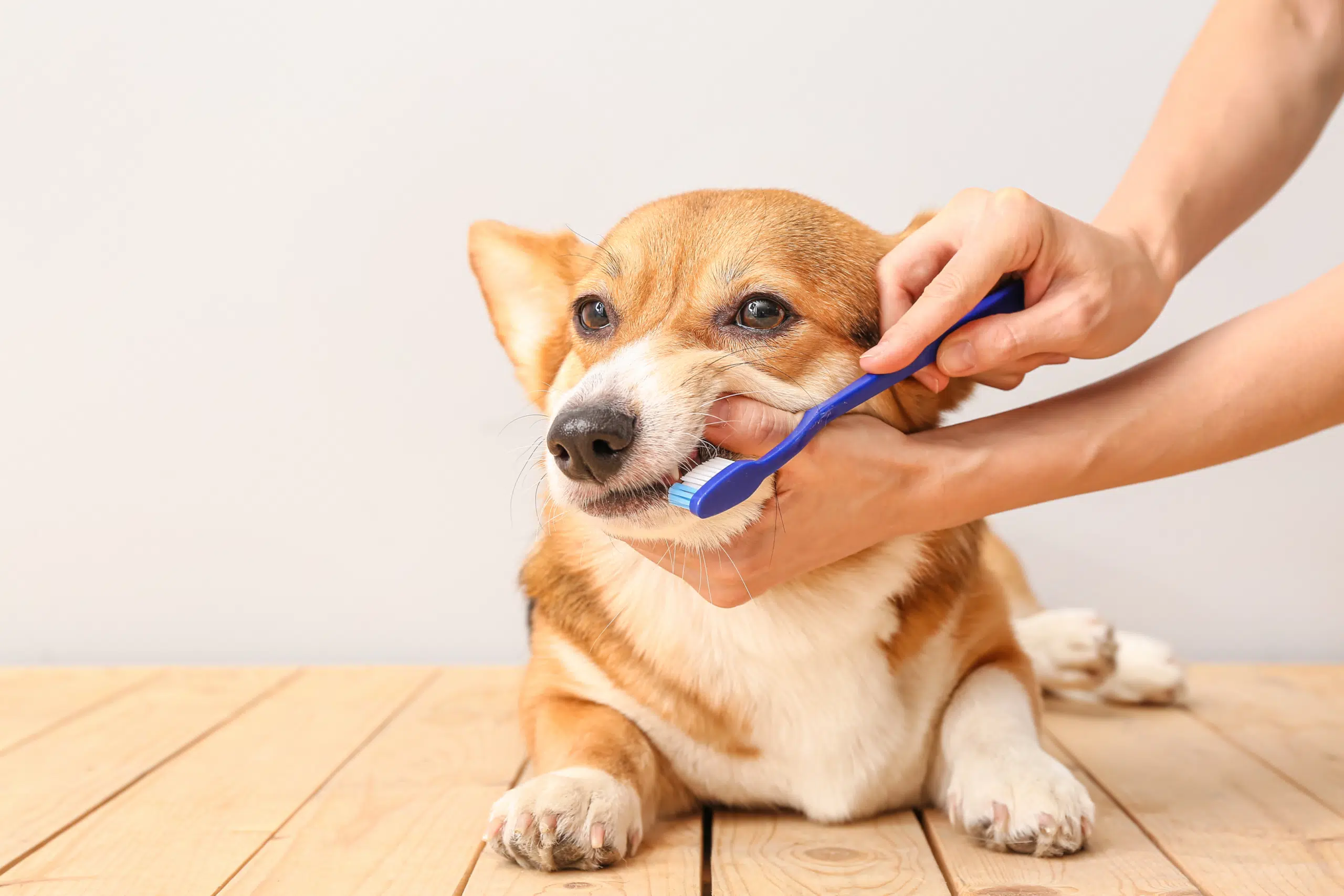
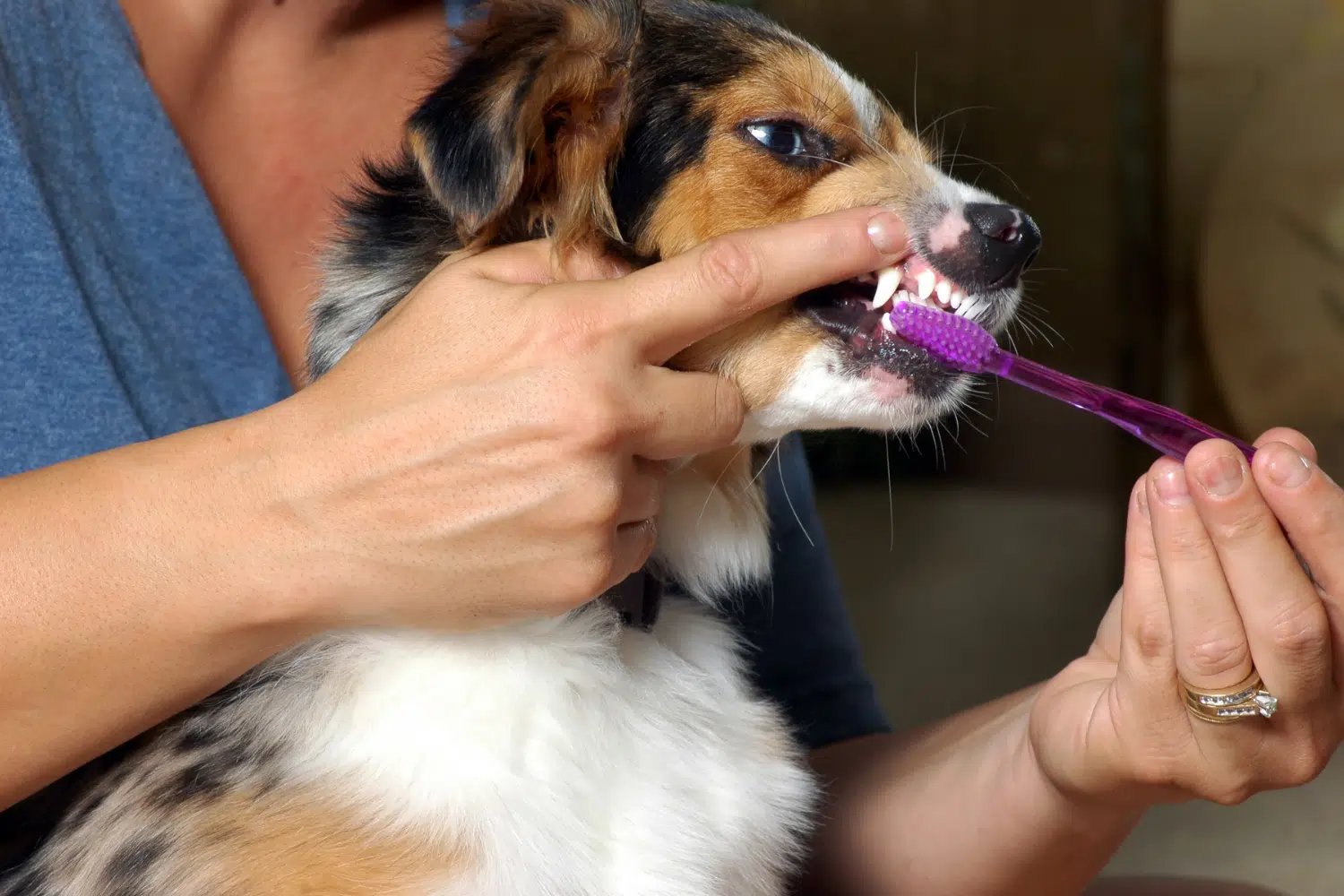
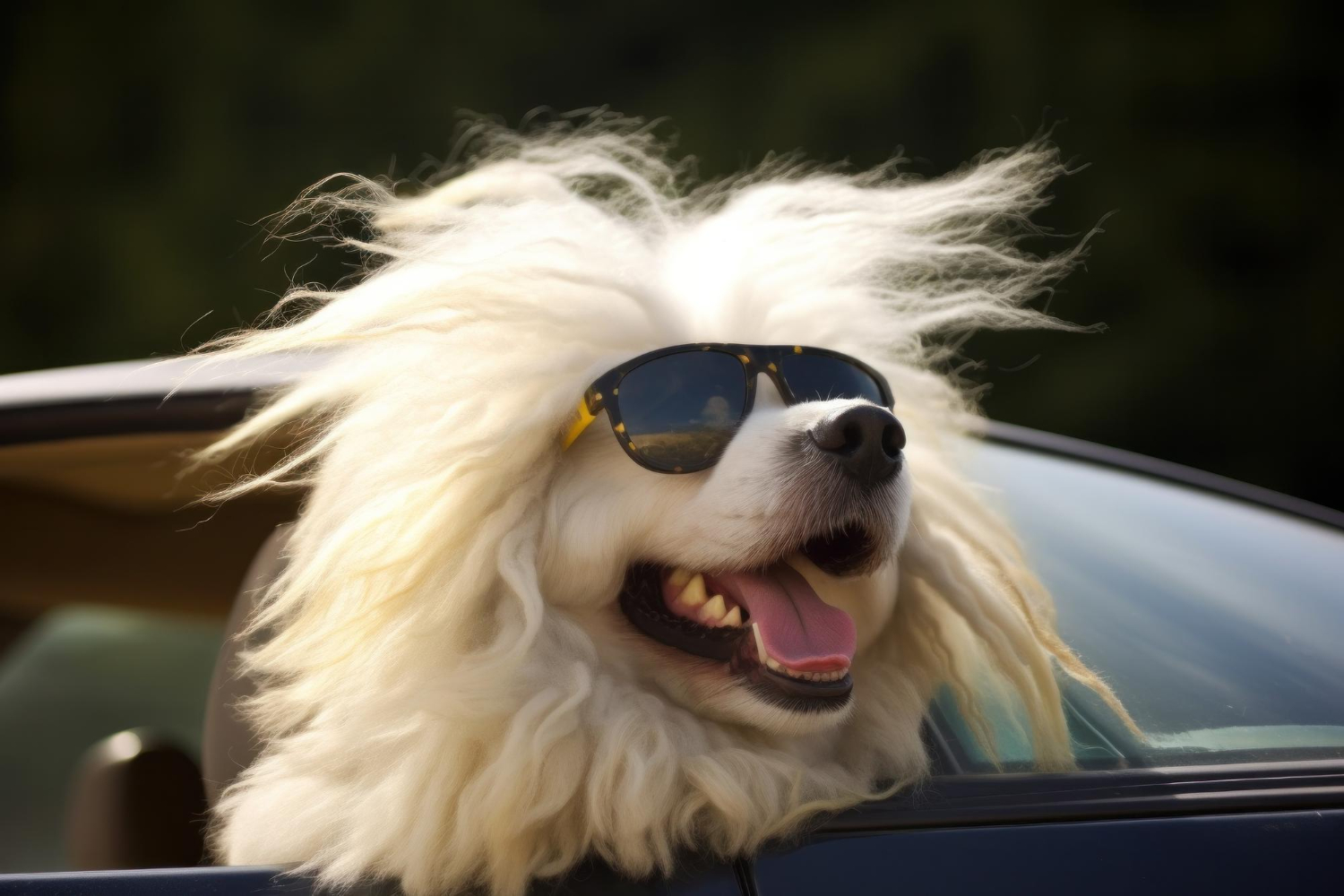
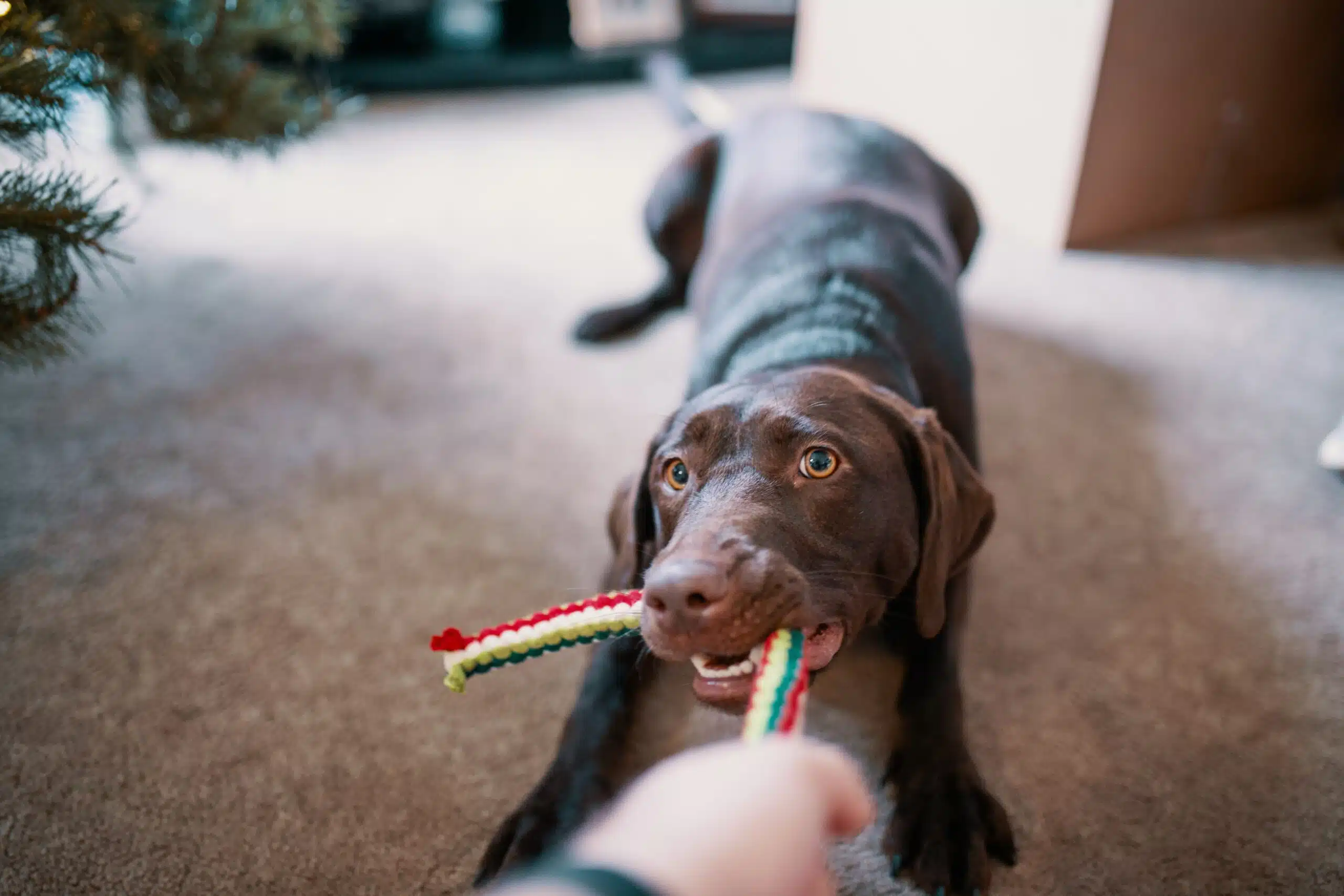
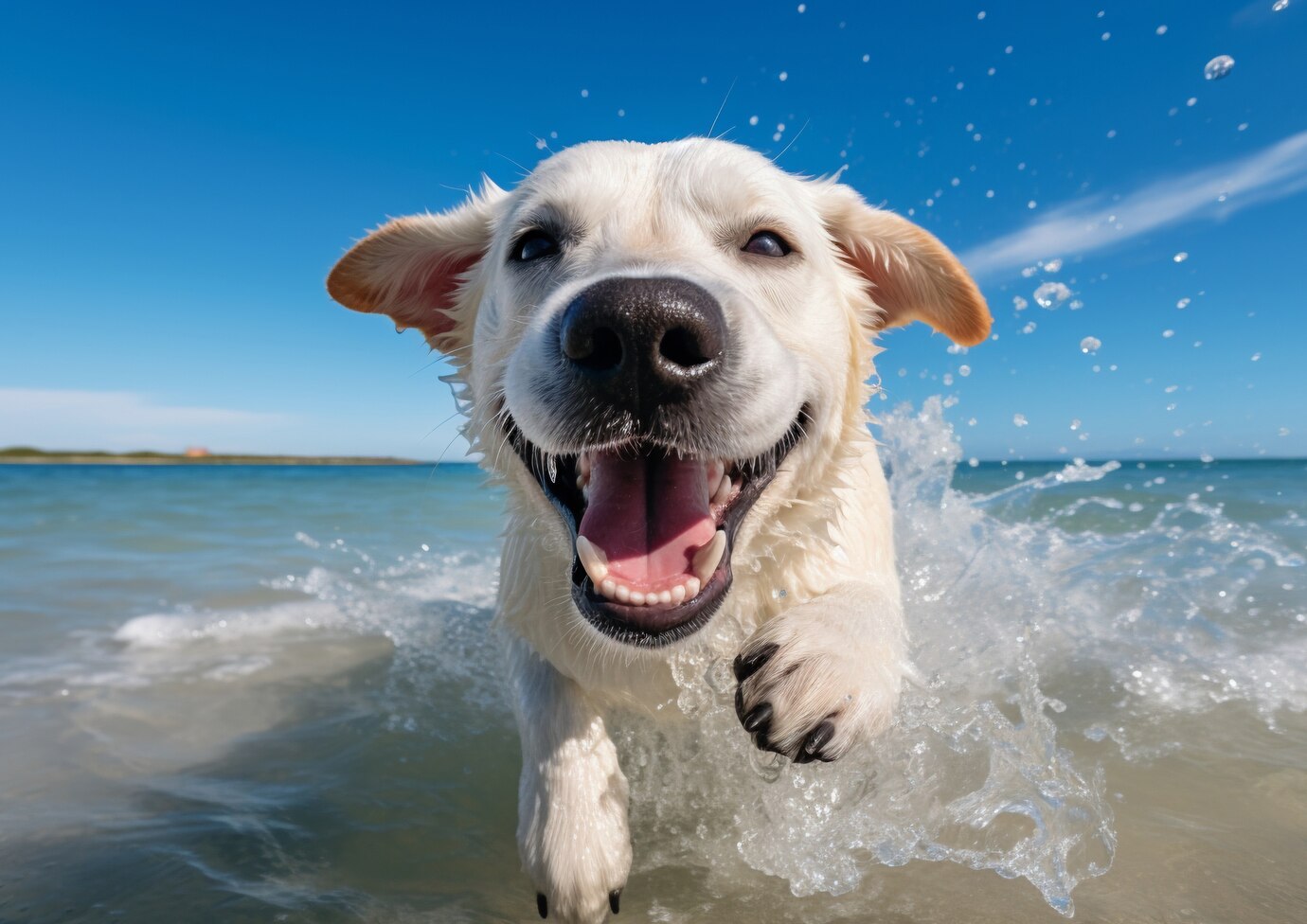
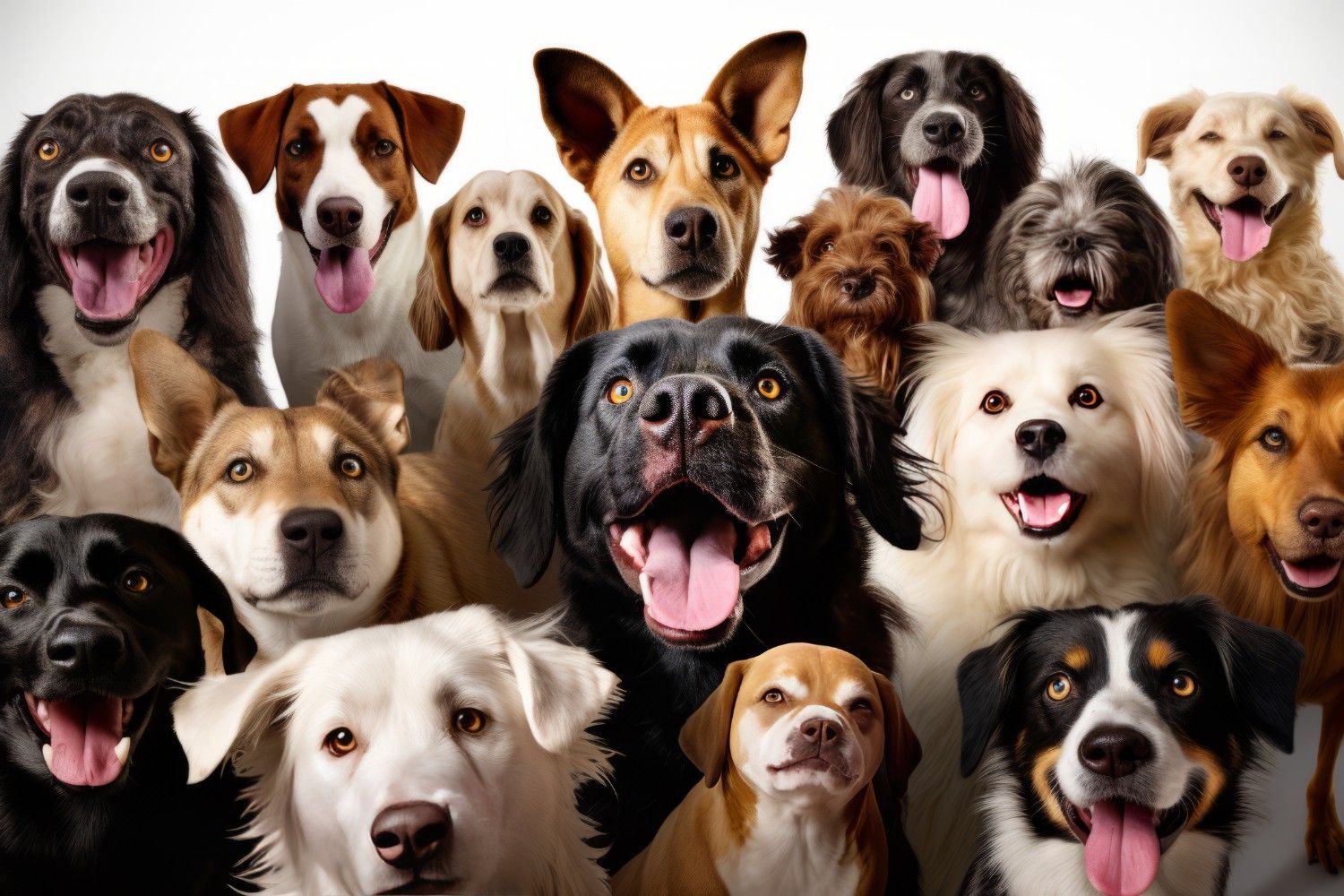



Get involved!
Comments